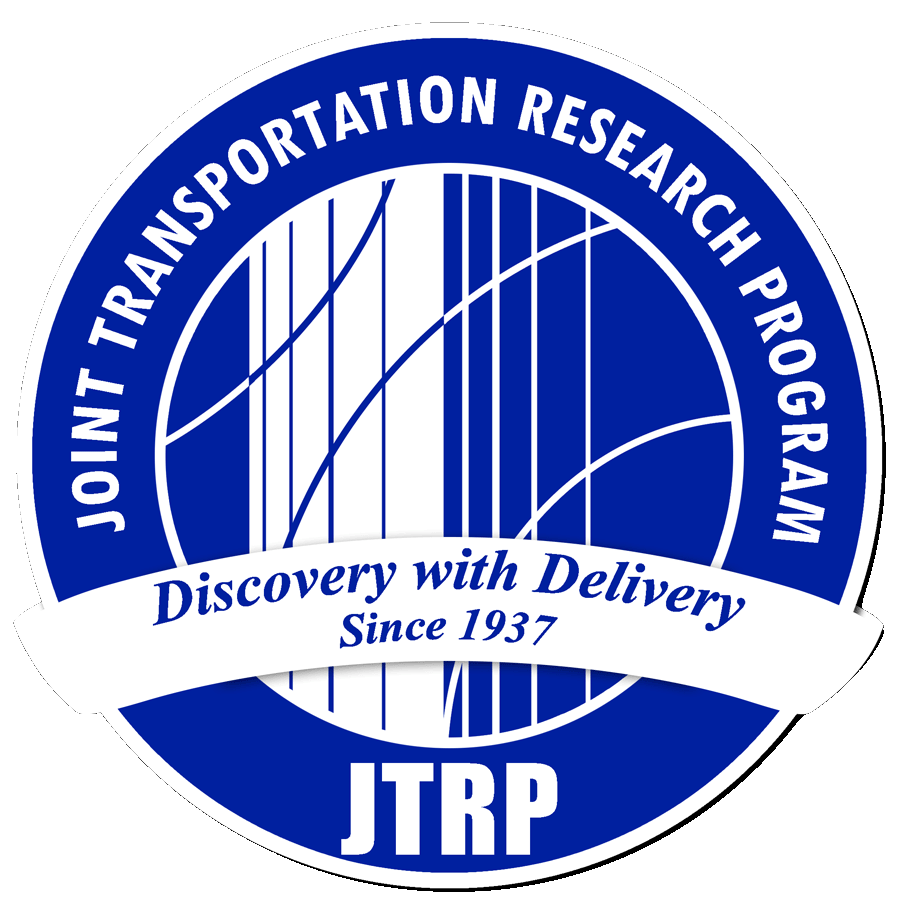Integration and Evaluation of Automated Pavement Distress Data in INDOT’s Pavement Management System
Recommended Citation
Alinizzi, M., Qiao, J. Y., Kandil, A., Cai, H., & Labi, S. (2017). Integration and evaluation of automated pavement distress data in INDOT’s pavement management system (Joint Transportation Research Program Publication No. FHWA/IN/JTRP-2017/07). West Lafayette, IN: Purdue University. https://doi.org/10.5703/1288284316507
DOI
10.5703/1288284316507
Abstract
This study was in two parts. The first part established and demonstrated a framework for pavement data integration. This is critical for fulfilling QC/QA needs of INDOT’s pavement management system, because the precision of the physical location references is a prerequisite for the reliable collection and interpretation of pavement data. Such consistency is often jeopardized because the data are collected at different years, and are affected by changes in the vendor, inventory, or referencing system or reference points. This study therefore developed a “lining-up” methodology to address this issue. The applicability of the developed methodology was demonstrated using 2012-2014 data from Indiana’s highway network. The results showed that the errors in the unlined up data are significant as they mischaracterize the true pavement condition. This could lead to the reporting of unreliable information of road network condition to the decision makers, ultimately leading to inappropriate condition assessments and prescriptions. Benefits of the methodology reverberate throughout the management functions and processes associated with highway pavements in Indiana, including pavement performance modeling, optimal timing of maintenance, rehabilitation, and reconstruction (MRR), and assessment of the effectiveness of MRR treatments and schedules.
The second part of the study developed correlations for the different types of pavement distresses using machine learning algorithms. That way, the severity of any one type of distress can be estimated based on known severity of other distresses at that location. The 2012-2014 data were from I-70, US-41, and US-52, and the distress types considered are cracking, rutting, faulting, and roughness. Models were developed to relate surface roughness (IRI) to pavement cracks, and between the different crack types, with resulting degrees of confidence that varied across the different crack types and road functional classes. In addition, for each functional class and for each crack type, models were built to relate crack depth to crack width. The concept can be applied to other distress types, such as spalling, bleeding, raveling, depression, shoving, stripping, potholes, and joint distresses, when appropriate data are available.
Report Number
FHWA/IN/JTRP-2017/07
Keywords
data integration, data alignment, pavement distress, pavement management, distress type correlations, machine learning, crack types
SPR Number
3803
Performing Organization
Joint Transportation Research Program
Sponsoring Organization
Indiana Department of Transportation
Publisher Place
West Lafayette, Indiana
Date of this Version
2017


